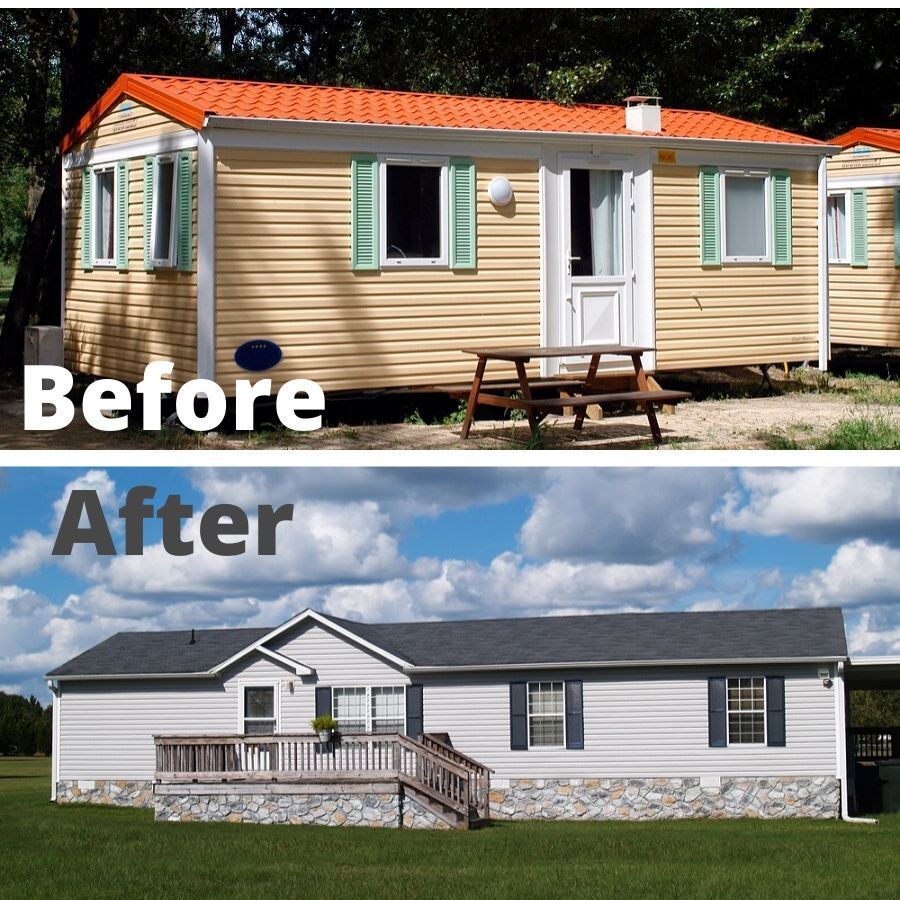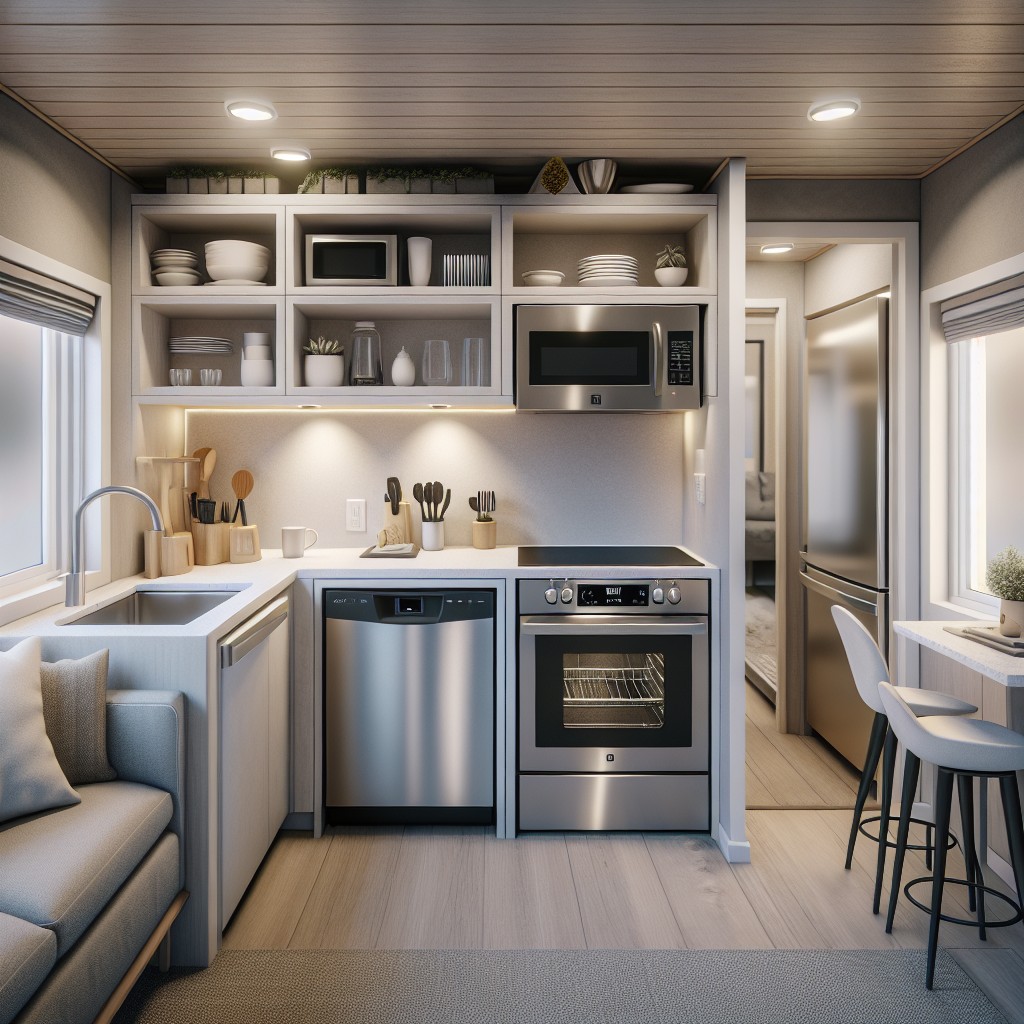Last updated on
Discover the key considerations for determining the proper distance an accessory dwelling unit (ADU) should be from the main house.
Key takeaways:
- Setback requirements are crucial for ADU placement.
- Consider privacy and accessibility when deciding on ADU placement.
- ADU placement can impact property value and market appeal.
- Optimize yard space with vertical ADUs and smart landscaping.
- Harmonize ADU placement with the main house for a cohesive look.
ADU Definition and Purpose

Accessory Dwelling Units (ADUs), often known as granny flats or in-law units, are independent living spaces on the same property as a primary residence. These compact homes can be detached structures in a backyard, converted garages, or carved-out spaces within existing homes. Their multifunctional nature allows homeowners to cater to a variety of needs such as housing for relatives, a source of rental income, or a dedicated home office. By providing additional housing options in residential areas, ADUs play a vital role in addressing housing shortages, allowing homeowners to leverage their property to meet community and personal needs.
Legal Parameters for ADU Placement
Navigating the zoning laws and building codes that govern the placement of accessory dwelling units (ADUs) can be like solving a particularly challenging puzzle. These guidelines are set in place by local jurisdictions and can differ greatly from one municipality to another.
Firstly, setback requirements are the bread and butter of placement. These rules stipulate the minimum distance an ADU must be from property lines, including the front, rear, and sides of the lot. Ignoring these can be like stepping over a line you didn’t know was there — with legal consequences.
Secondly, there’s the issue of size. The footprint of your ADU often can’t exceed a certain percentage of your lot size or be larger than the primary dwelling. It’s like a game of proportions; you’ve got to balance the scales to meet the criteria.
Lastly, height restrictions play a vital role. Your ADU can’t usually tower over the main house or breach predefined height limits. This isn’t just about aesthetics but also about maintaining neighborhood character and privacy.
Remember, before you break ground, consulting with a local planning department can save you from the headache of a forced do-over. They can provide up-to-date information on regulations that a Google search might miss. After all, it’s better to measure twice and build once.
Factors Influencing ADU Placement
When deciding where to place your ADU, several elements come into play, each calling for careful consideration. First, privacy concerns are paramount. You’ll want to position the unit so that both the ADU occupants and the main house maintain their cozy corners away from prying eyes.
Accessibility is another key factor. Think about how residents will come and go. You’d want the path to be a stroll in the park, both for practicality and safety. Therefore, consider proximity to driveways and walkways to set the stage for easy access.
Let’s not forget about the existing infrastructure. Ideally, the closer the ADU is to hookups for utilities like water, sewer, and electricity, the less you’ll dig into your savings for installation. And while we’re on the nitty-gritty, zoning regulations have a say too. They play by their own set of rules, dictating just how close you can snuggle your ADU up to the property lines and main house.
Natural features of your land play their part as well. You’ll have to jive with the landscape – large trees, sloping land, and natural waterways will all tango with the placement of your ADU.
Lastly, consider the sun’s trajectory and how it kisses your property. A well-positioned ADU can bask in natural light, creating a warm ambiance without stepping up the energy bill.
Take these factors, give them a good stir, and you’ll find the sweet spot for your ADU that sits well with both practicality and the law of the land. Keep these considerations in the forefront, and you’ll carve out the perfect niche for your additional dwelling unit.
Impact of ADU Placement On Property Value
When considering where to situate your ADU, it’s smart to ponder the effect on your property’s market appeal. Placing the unit too close to your main house could potentially deter buyers who prioritize privacy. Conversely, an optimally-placed ADU can be a draw, offering a perception of seclusion, like a hidden gem nestled in your backyard.
The distance from your home to the ADU can also affect functionality. Renters or family members might appreciate a shorter stroll to the main residence, while a home office tucked further away reduces distractions. Proper placement strikes a balance between accessibility and independence.
Moreover, local zoning rules often dictate minimum spacing for fire safety and emergency vehicle access – something future buyers will consider. Checking these requirements is a key step in fortifying your investment.
Strategically positioning your ADU can enhance the overall aesthetic of your property. A well-integrated ADU can create a sense of harmony and flow, subtly boosting your home’s desirability and, in turn, its potential resale value. Think of your ADU placement as the cherry on top of your real estate sundae – a sweet spot that makes the whole package more enticing.
Tips for Optimizing Yard Space With ADUs
Strategically placing an ADU can turn your yard from just a patch of grass into a blend of functionality and tranquility. Picture this: an ADU nestled in a corner, allowing a spacious patio to bask in the afternoon sun—perfect for those lazy Sunday barbecues. Here are a few pointers to make every square foot of your yard count:
Go vertical. Instead of spreading out, opt for a two-story ADU. You’ll save on ground space, which means more garden for your green thumb to go wild.
Mirror, mirror, on the wall – or in this case, mirror the main house. Aligning the design and placement of your ADU with your primary home can create a harmonious look. It’s a visual treat that can make your space look less cluttered and more cohesive.
Leave room to breathe. Don’t let the ADU suffocate your yard. Plan for a little breathing room around it. You’ll thank yourself when you’ve got space to swing a hammock between two trees.
Smart landscaping. It’s not just about the building; it’s the greenery around it. Use landscaping to enhance privacy, shade, and aesthetics around your ADU. Planting a row of shrubs or building a small trellis can be both functional and attractive.
Remember, creating a balance between your ADU placement and yard space is akin to conducting an orchestra; with every element in harmony, the symphony is sure to impress.
Related reading:
Table of Contents





